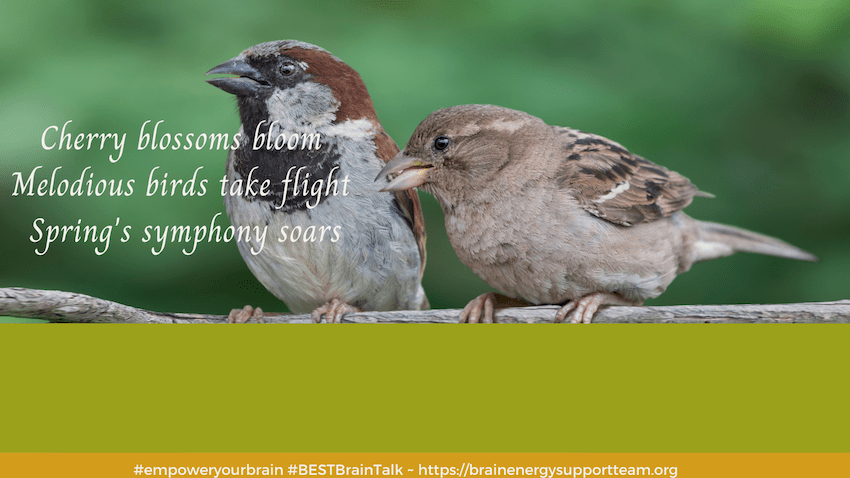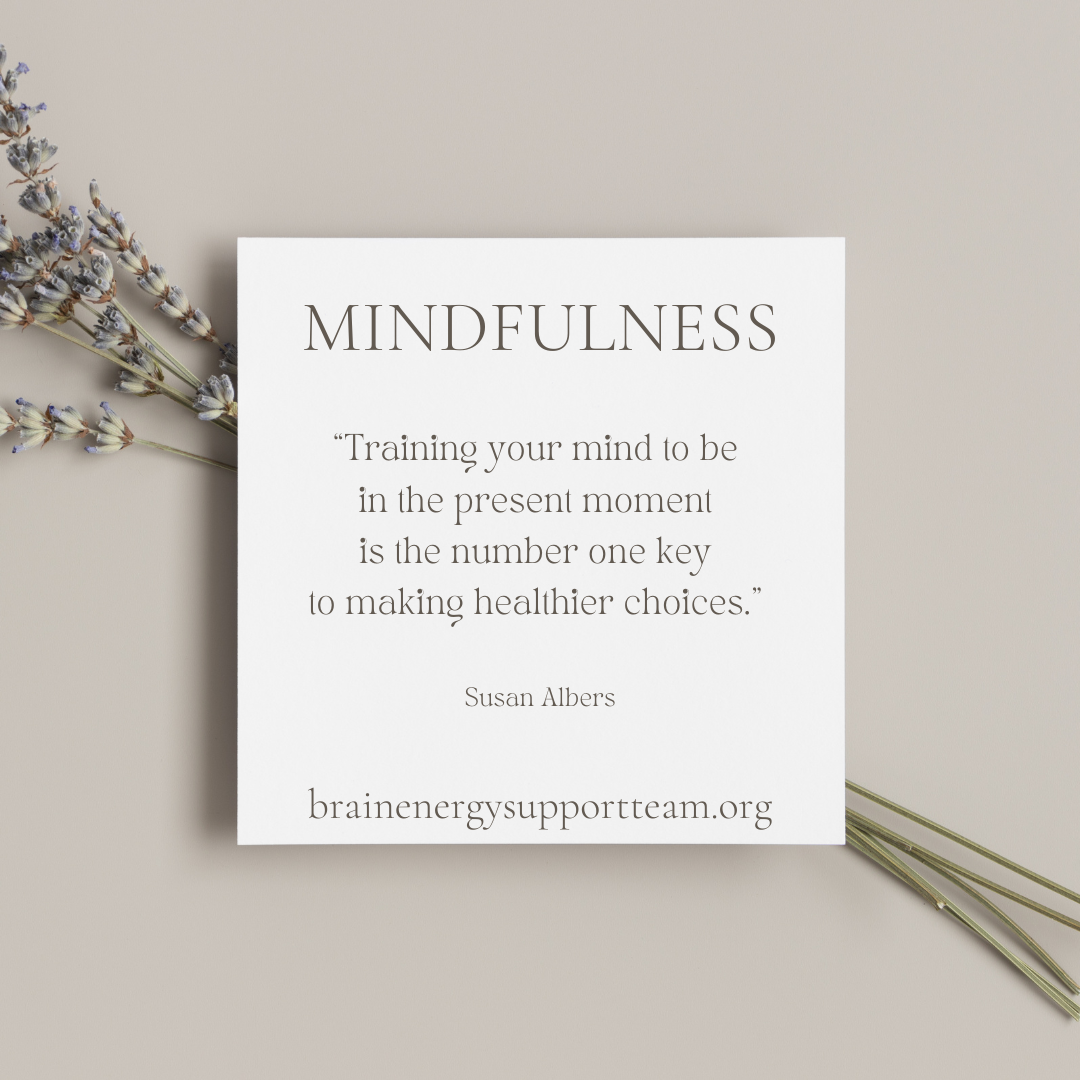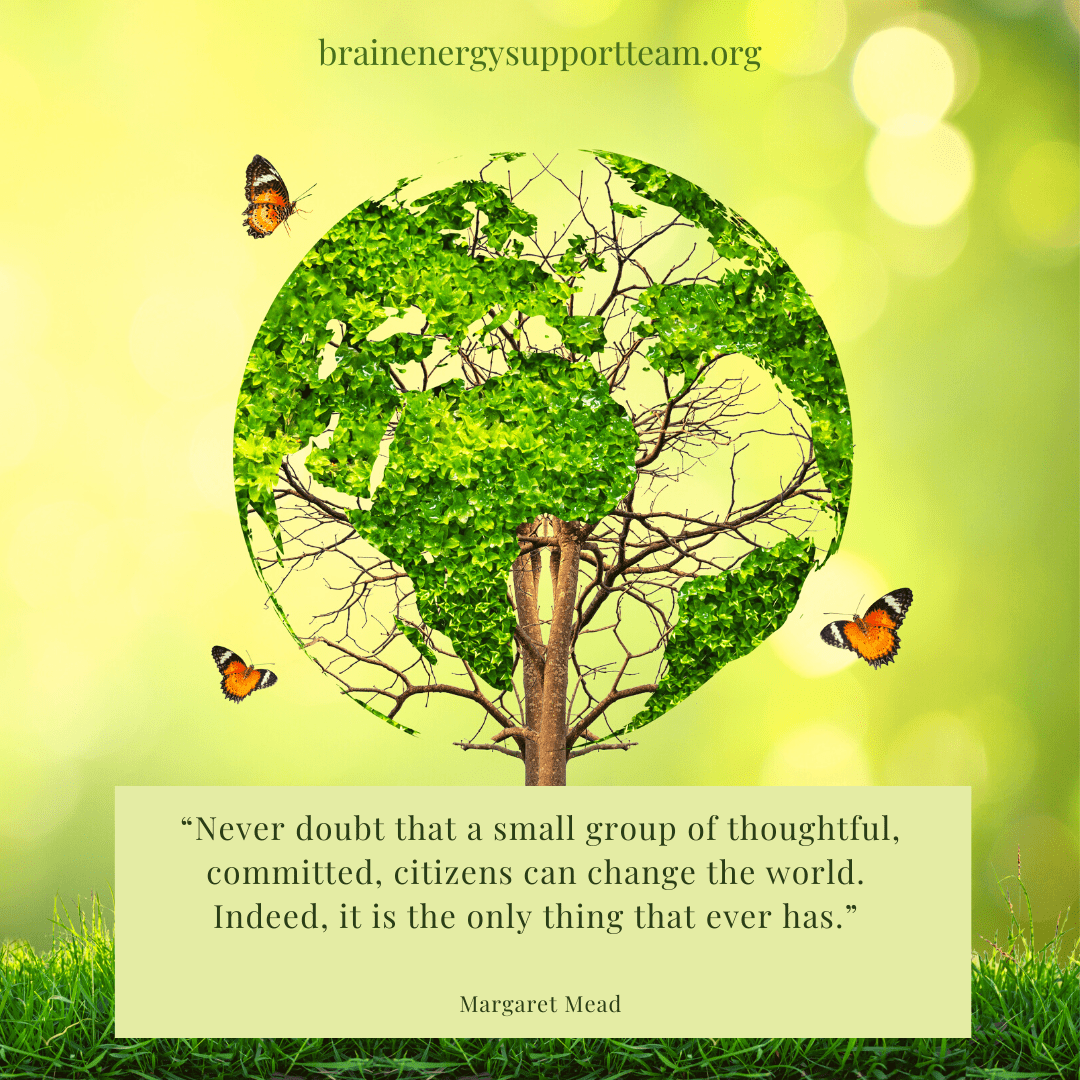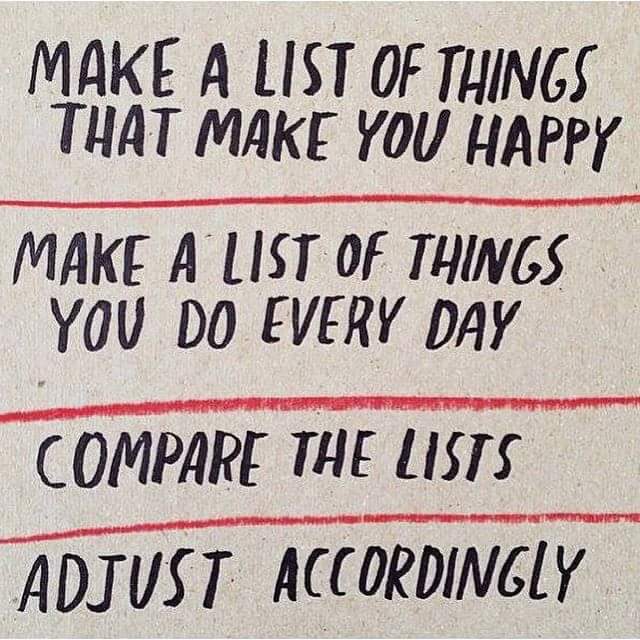I love haiku and though the form doesn’t have the same nuance or depth in English as it does in Japanese, I still strive to write the “perfect” haiku. It’s not that I expect to ever be a great poet. It’s that the energy I put into creating a haiku is so different from the energy I use to work or navigate daily life that it really is a terrific stress buster for me.
Haiku is known as a non-rhyming form of poetry consisting of 17 syllables arranged in three lines of 5, 7, and 5 syllables each. The intent of the poem is to focus on emotionally suggestive moments of insight into natural phenomena. It’s not necessarily about nature itself, but more about our relationship – or how we experience that relationship – to the greater circle of life in one moment of time.
I won’t go into the history of haiku in this post. I do, though, want to share why I write haiku.
If you’re like me you constantly process what’s going on, what deadlines need to be met, what bills need to be paid, who we have to call, what’s for dinner, where we need to be …
You get the idea and, again, if you’re like me you’re already exhausted and we didn’t even do any of what I listed.
When I sit down to write a haiku I become mindful of what I’m feeling in the moment. I focus on how to express my relationship to the world – the real world of birds, breezes, and light – in a single moment of time. Everything else fades away and all there is for me to think about is the poem.
As the tension of expectations falls from my shoulders the poem naturally emerges. Then I shape the idea into the form of haiku.
And then I read it in one moment and with one breath.
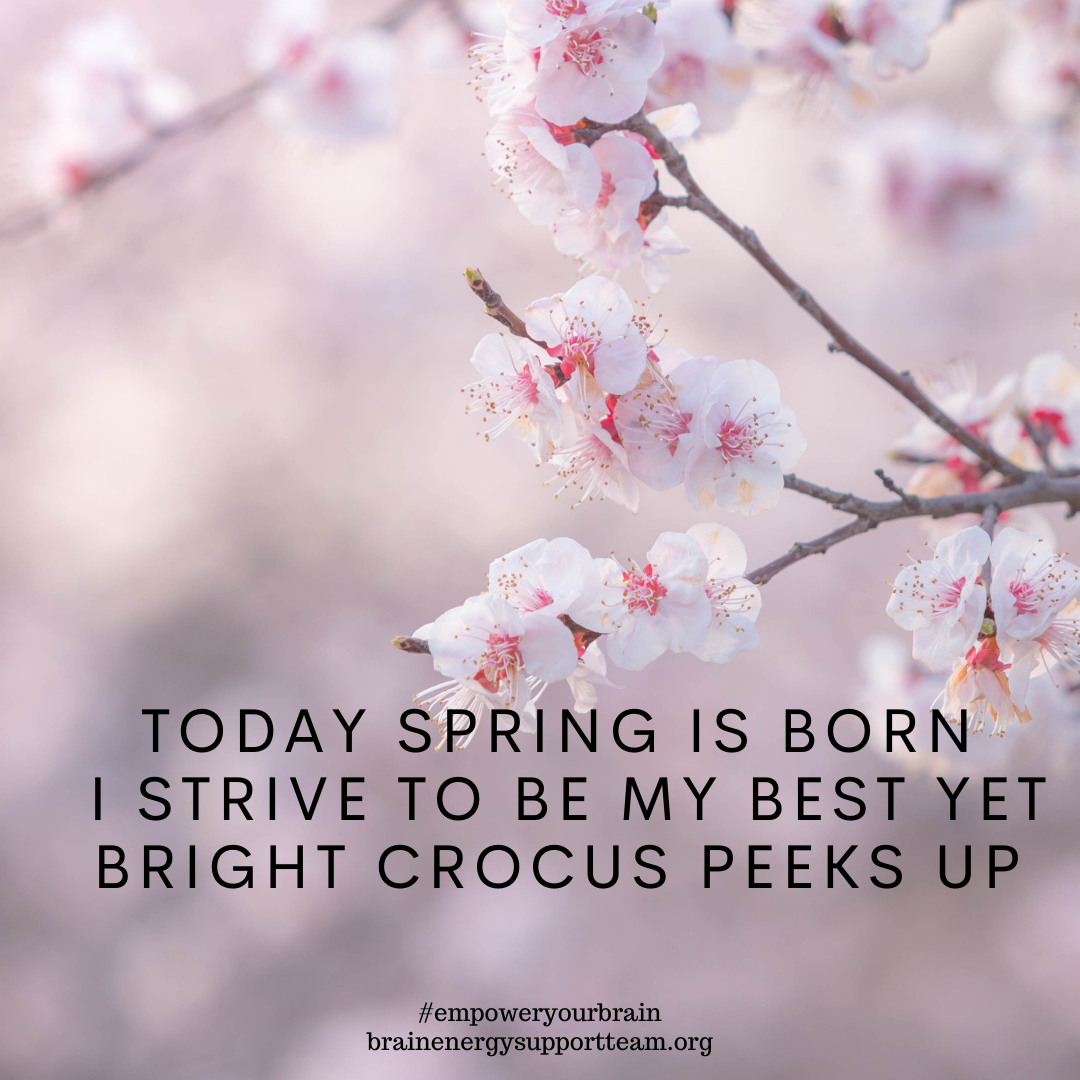
 | Gloria's career as an independent nonprofit consultant, trainer, and writer spans over 30 years giving her lots to talk about. She has a deep passion for sustainability, both environmentally and organizationally. Enjoy her perspectives on life, community, development, and tales from her virtual world travels. |
|---|

